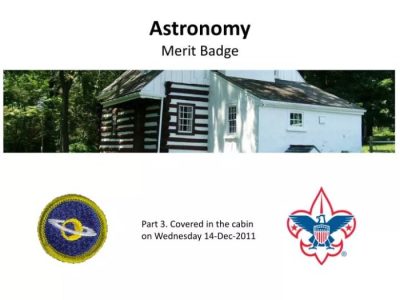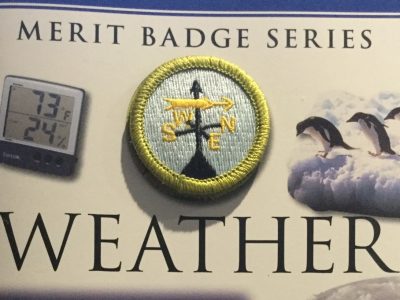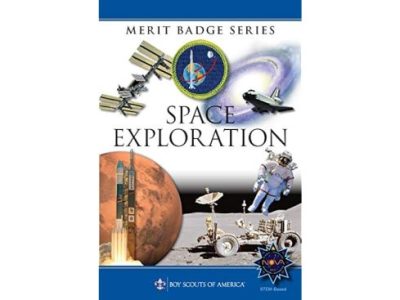Astronomy activities for scout nights provide an engaging and educational way to explore the wonders of the night sky. From stargazing sessions to telescope observations, these activities foster a love of astronomy and encourage scouts to learn about the universe.
These activities align with scouting values and principles, promoting teamwork, curiosity, and a sense of wonder. By integrating astronomy into their programs, scout leaders can create memorable experiences that inspire scouts to reach for the stars.
Engaging Activities
To engage young minds in the captivating realm of astronomy, scout nights can incorporate a range of interactive and hands-on activities that spark curiosity and foster a lifelong passion for the wonders of the cosmos.
Stargazing sessions, telescope observations, and celestial mapping activities provide immersive experiences that bring the celestial bodies within reach, allowing scouts to explore the night sky in an engaging and interactive manner.
Stargazing Sessions
Under the cloak of darkness, stargazing sessions transform the night sky into a celestial playground. With a clear view of the heavens, scouts can embark on a journey of discovery, identifying constellations, planets, and other celestial objects.
To enhance the experience, provide participants with star charts or mobile apps that guide them through the night sky, helping them navigate the vast expanse of stars and learn about their names, histories, and significance.
Telescope Observations
Telescopes offer a closer look at the celestial wonders, revealing details that are often invisible to the naked eye. Guided telescope observations allow scouts to marvel at the craters on the Moon, the rings of Saturn, and the moons of Jupiter.
Encourage scouts to take turns observing different objects, sharing their discoveries and observations with the group. This collaborative approach fosters a sense of camaraderie and deepens their understanding of the cosmos.
Celestial Mapping
Celestial mapping activities challenge scouts to create their own representations of the night sky. Using star charts, they can plot the positions of stars and constellations, developing a deeper appreciation for the relative locations and movements of celestial bodies.
By engaging in celestial mapping, scouts gain a practical understanding of the celestial sphere and develop their spatial reasoning skills, enhancing their overall astronomical literacy.
Educational Experiences

Comprehending the night sky holds immense significance for our understanding of the universe and our place within it. By deciphering the celestial tapestry, we gain insights into our history, our future, and the fundamental laws that govern the cosmos.
The night sky is a celestial theater where celestial bodies perform their cosmic dance. Constellations, composed of stars that appear to form recognizable patterns, have captivated human imagination for millennia. They serve as celestial landmarks, guiding navigators and inspiring storytellers.
Planets, celestial wanderers orbiting our star, the Sun, offer glimpses into diverse worlds, from the fiery landscapes of Venus to the enigmatic rings of Saturn.
Galaxies, Astronomy activities for scout nights
Beyond our solar system lie galaxies, vast collections of stars, gas, and dust. Our home galaxy, the Milky Way, is a majestic spiral galaxy, its billions of stars forming a luminous band across the night sky. Galaxies come in various shapes and sizes, from grand spirals to compact ellipticals.
Studying galaxies allows us to probe the evolution and distribution of matter in the universe, providing clues to its origins and ultimate fate.
Resources for Further Learning
- NASA’s Night Sky Network: https://nightsky.jpl.nasa.gov/
- The Sky Live: https://theskylive.com/
- Stellarium: https://stellarium.org/
Safety Considerations
Astronomy activities can be enjoyable and educational, but it’s crucial to prioritize safety measures. Neglecting proper precautions can lead to accidents or discomfort.
When using telescopes, ensure they are securely set up and stable. Avoid pointing the telescope directly at the sun without proper solar filters, as this can cause severe eye damage. Additionally, be cautious of tripping hazards around the telescope’s tripod.
Observing the Sun
Observing the sun requires special precautions. Never look directly at the sun through a telescope or binoculars without proper solar filters. Solar filters should be specifically designed for astronomical use and meet ISO 12312-2 standards. Observing the sun without adequate protection can result in permanent eye damage.
Navigating in the Dark
Astronomy activities often take place at night. It’s essential to have adequate lighting to prevent tripping or falling. Use flashlights with red filters to preserve night vision. Be aware of your surroundings and avoid walking alone in unfamiliar areas.
Age-Appropriate Activities

To ensure that all scouts have a meaningful and engaging experience, it is crucial to design activities that are tailored to their age groups and skill levels.
Younger scouts may benefit from hands-on activities that involve simple observations and experiments, while older scouts can engage in more complex projects and discussions.
Activities for Younger Scouts
- Stargazing with binoculars or a telescope
- Building a model solar system
- Conducting simple experiments on gravity or magnetism
Activities for Older Scouts
- Observing the night sky with a telescope and identifying constellations
- Building a sundial or other astronomical instrument
- Participating in citizen science projects, such as monitoring star brightness or searching for exoplanets
Activities for Adult Leaders
- Leading astronomy-themed discussions or workshops
- Organizing field trips to observatories or planetariums
- Providing guidance and support to scouts in their astronomical endeavors
Integration with Scouting Programs
Astronomy activities can be seamlessly integrated into existing scouting programs, enriching the experience for scouts while reinforcing scouting values and principles. Astronomy aligns perfectly with the core principles of scouting, fostering curiosity, exploration, and a sense of wonder about the natural world.
Alignment with Scouting Values
Astronomy activities promote the development of essential scouting values such as:
-
-*Observational Skills
Astronomy requires keen observation and attention to detail, honing scouts’ ability to notice and interpret patterns in the night sky.
-*Appreciation for Nature
Astronomy instills an appreciation for the beauty and vastness of the cosmos, fostering a deep connection with the natural world.
-*Respect for Others
Astronomy is a collaborative endeavor that encourages teamwork and respect for diverse perspectives, fostering a sense of community among scouts.
-*Perseverance
Astronomy activities often involve patience and perseverance, as scouts may need to spend extended periods observing or waiting for optimal viewing conditions.
Resources and Materials: Astronomy Activities For Scout Nights
Equipping yourself with the right resources and materials is essential for successful astronomy activities. These resources will enhance your understanding of the night sky and make your observations more enjoyable.
To delve deeper into the wonders of astronomy, consider exploring the following resources:
Books
- NightWatch: A Practical Guide to Viewing the Universeby Terence Dickinson and Alan Dyer
- The Backyard Astronomer’s Guideby Terence Dickinson and Alan Dyer
- Astronomy for Dummiesby Stephen Maran
Websites
- NASA’s Night Sky Network: https://nightsky.jpl.nasa.gov/
- American Astronomical Society: https://aas.org/
- Sky & Telescope: https://skyandtelescope.org/
Apps
- Star Chart: https://play.google.com/store/apps/details?id=com.escapistgames.starchart&hl=en_US&gl=US
- SkyView Lite: https://play.google.com/store/apps/details?id=com.rastellisoftware.skyviewfree&hl=en_US&gl=US
- Stellarium Mobile Sky Map: https://play.google.com/store/apps/details?id=com.stellarium.stellarium&hl=en_US&gl=US
In addition to resources, acquiring the necessary materials will enhance your astronomy experience. Essential materials include:
Telescopes
Telescopes magnify distant objects, allowing you to observe celestial bodies in greater detail. Consider factors such as aperture, magnification, and portability when selecting a telescope.
Star Charts
Star charts provide a map of the night sky, helping you identify constellations, planets, and other celestial objects. They are especially useful for beginners.
Safety Gear
When observing the night sky, protect your eyes from bright lights and potential hazards. Red-light flashlights and binoculars with red-light filters are recommended.
Final Review
In conclusion, astronomy activities for scout nights offer a unique opportunity to engage scouts in hands-on learning, foster their interest in science, and create lasting memories. By incorporating these activities into their programs, scout leaders can empower scouts to explore the vastness of the universe and discover the wonders that lie beyond our planet.
Commonly Asked Questions
What are the benefits of astronomy activities for scout nights?
Astronomy activities for scout nights offer numerous benefits, including fostering interest in astronomy, providing educational experiences, promoting safety awareness, and aligning with scouting programs.
How can I incorporate astronomy activities into my scout program?
Incorporating astronomy activities into your scout program is easy. You can start by organizing stargazing sessions, setting up telescope observations, and using celestial mapping to teach scouts about the night sky.
What safety precautions should I take during astronomy activities?
Safety should always be a priority during astronomy activities. Ensure that scouts are supervised, use telescopes safely, observe the sun with proper precautions, and navigate in the dark with care.




